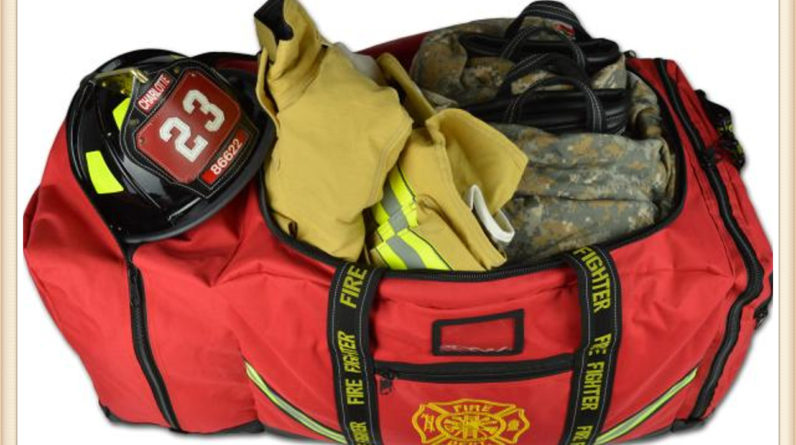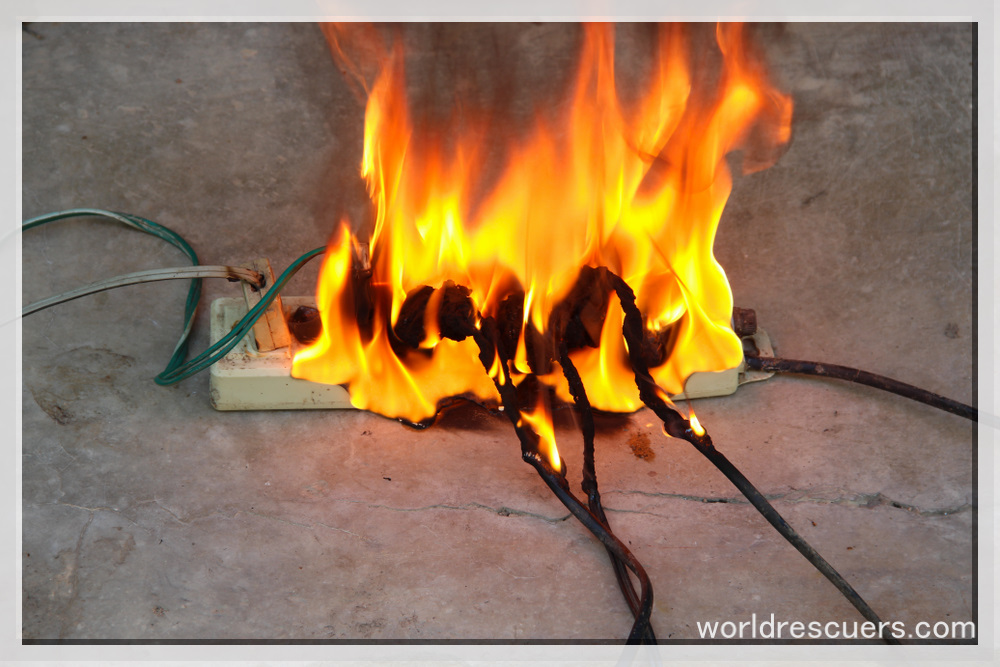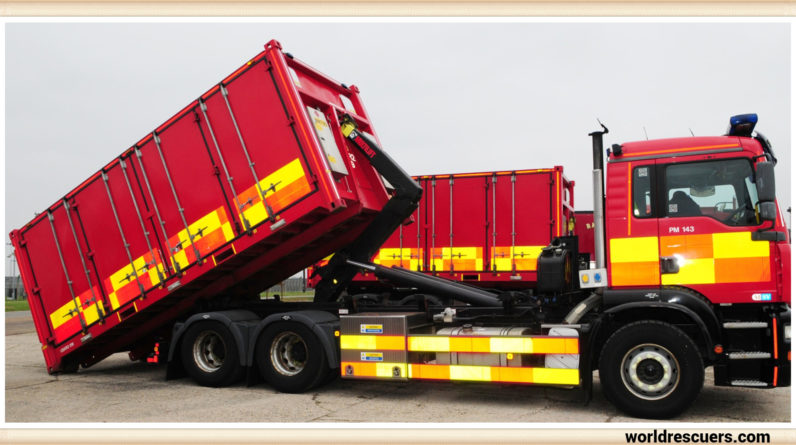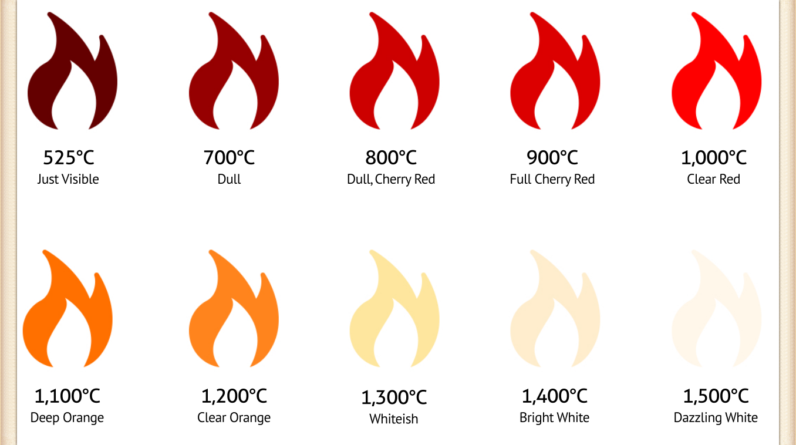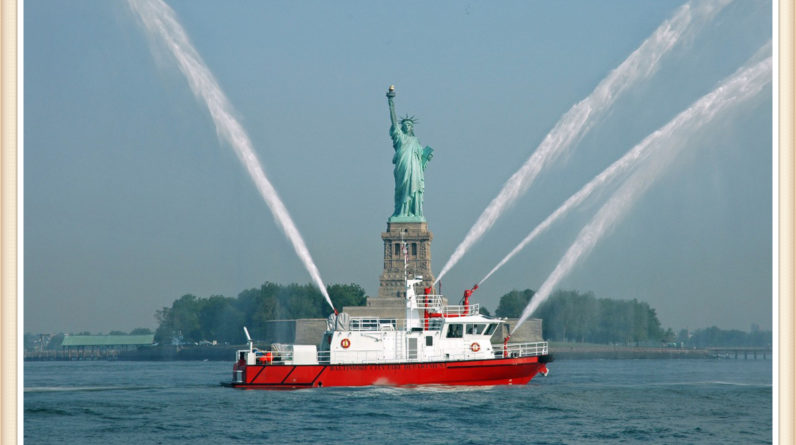
Summary
Fireboats stand as a testament to human innovation and the unwavering commitment to safety. These vessels combine centuries of maritime tradition with cutting-edge technology, embodying the spirit of protection and service on the water.
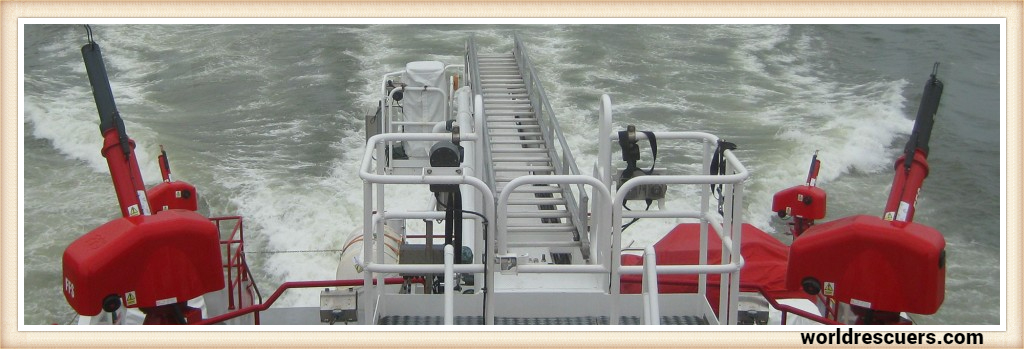
In the world of maritime safety and emergency response, fireboats stand as steadfast guardians, ready to battle the destructive force of fires on the water. These specialized vessels combine the power of a firefighter’s determination with the capabilities of a seafaring vessel, making them a vital component of any coastal city’s emergency preparedness. In this article, we delve into the realm of fireboats, exploring their significance, capabilities, and the crucial role they play in safeguarding our waters.
Fireboats, also known as fireboats or fire-fighting tugs, are specialized watercraft equipped to combat fires in port areas, harbors, and other maritime settings. These vessels have a rich history dating back to the 18th century, and over time, they have evolved into high-tech, powerful machines capable of extinguishing fires in even the most challenging conditions.
The Evolution of Fireboats
The concept of fireboats can be traced back to the early 1700s when cities with active ports recognized the need for specialized vessels to tackle waterfront fires. These early fireboats were often converted from existing vessels and featured rudimentary firefighting equipment. As technology advanced, dedicated fireboats began to emerge, offering improved firefighting capabilities and maneuverability.
Design and Features
Modern fireboats are marvels of engineering, designed for maximum efficiency in firefighting operations. They are equipped with powerful pumps, water cannons, and foam systems capable of projecting water at great distances. The design emphasizes stability and maneuverability, allowing fireboats to navigate tight spaces and approach burning vessels safely.
Firefighting Technologies
Fireboats utilize cutting-edge technologies to combat fires effectively. Remote-controlled monitors, thermal imaging cameras, and advanced communication systems provide firefighters with real-time data and enhance decision-making during emergencies. The use of foam and water mist systems helps smother fires efficiently while minimizing water damage.
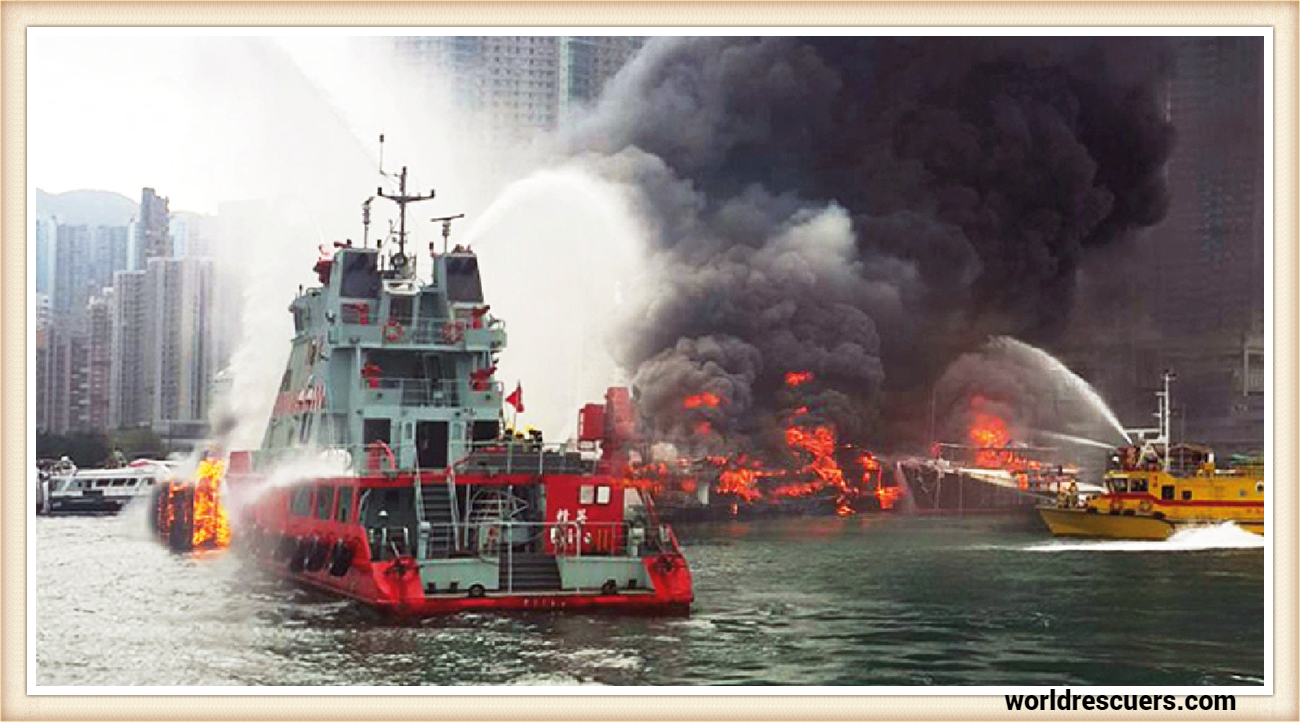
Operational Challenges
Operating in a maritime environment presents unique challenges. These boats must contend with tides, currents, and limited maneuvering space. The coordination between fireboat crews and onshore firefighting teams is critical for a successful outcome. Additionally, adverse weather conditions can further complicate firefighting efforts.
Training and Expertise
Crew members aboard fireboats undergo rigorous training to handle diverse scenarios. Their training covers fire suppression techniques, vessel handling in various conditions, and medical response. Collaboration with other emergency services, such as coast guards and paramedics, ensures seamless coordination during complex operations.
Fireboats and Industrial Safety
Fireboats play a pivotal role in safeguarding industrial areas near water bodies. Oil refineries, chemical plants, and port facilities benefit from having fireboats on standby to prevent and address potential fire-related disasters, protecting both human lives and the environment.
Global Fireboat Fleet
Cities across the globe recognize the importance of fireboats for maritime safety. Major port cities like New York, Hong Kong, and Rotterdam maintain impressive fireboat fleets, each tailored to their specific operational needs and challenges.
Collaboration with Other Emergency Services
These boats do not work in isolation. They are integral to a broader network of emergency services. Working alongside coast guards, police marine units, and medical response teams, These boats contribute to comprehensive emergency management strategies.
Case Studies: Fireboat Rescues
Numerous instances showcase the invaluable contributions of fireboats in emergencies. From shipboard fires to waterfront structure blazes, fireboats have played crucial roles in preventing disasters and minimizing damage.
Environmental Concerns
While these boats are essential for maritime safety, their operations must also consider environmental impact. Efforts are being made to balance firefighting needs with eco-friendly practices, such as using biodegradable foam and minimizing water usage.
Future Innovations
The future holds exciting possibilities for fireboat technology. Autonomous fireboats, enhanced water-mist systems, and improved communication interfaces are just a few areas where innovation is expected to thrive.
FAQs
What is the function of fireboat?
Its primary function is to combat fires in maritime environments, including ports, harbors, and waterfront areas, using specialized equipment such as water cannons, foam systems, and advanced technologies.
How fast does a fire boat go?
Fireboats typically have varying speeds depending on their design and purpose, but many are capable of reaching speeds of 20 to 30 knots (23 to 35 mph or 37 to 56 km/h) or even higher, allowing them to quickly respond to emergencies on the water.
What is a fire barge?
A fire barge is a specialized floating platform equipped with firefighting equipment and resources, used to combat fires in marine and waterfront environments.
Highly trained Assistant Fire Chief dedicated to public safety and awareness for the past 16 years. Effective leader who remains steady during times of emergency, while directing and motivating team members throughout crises.


